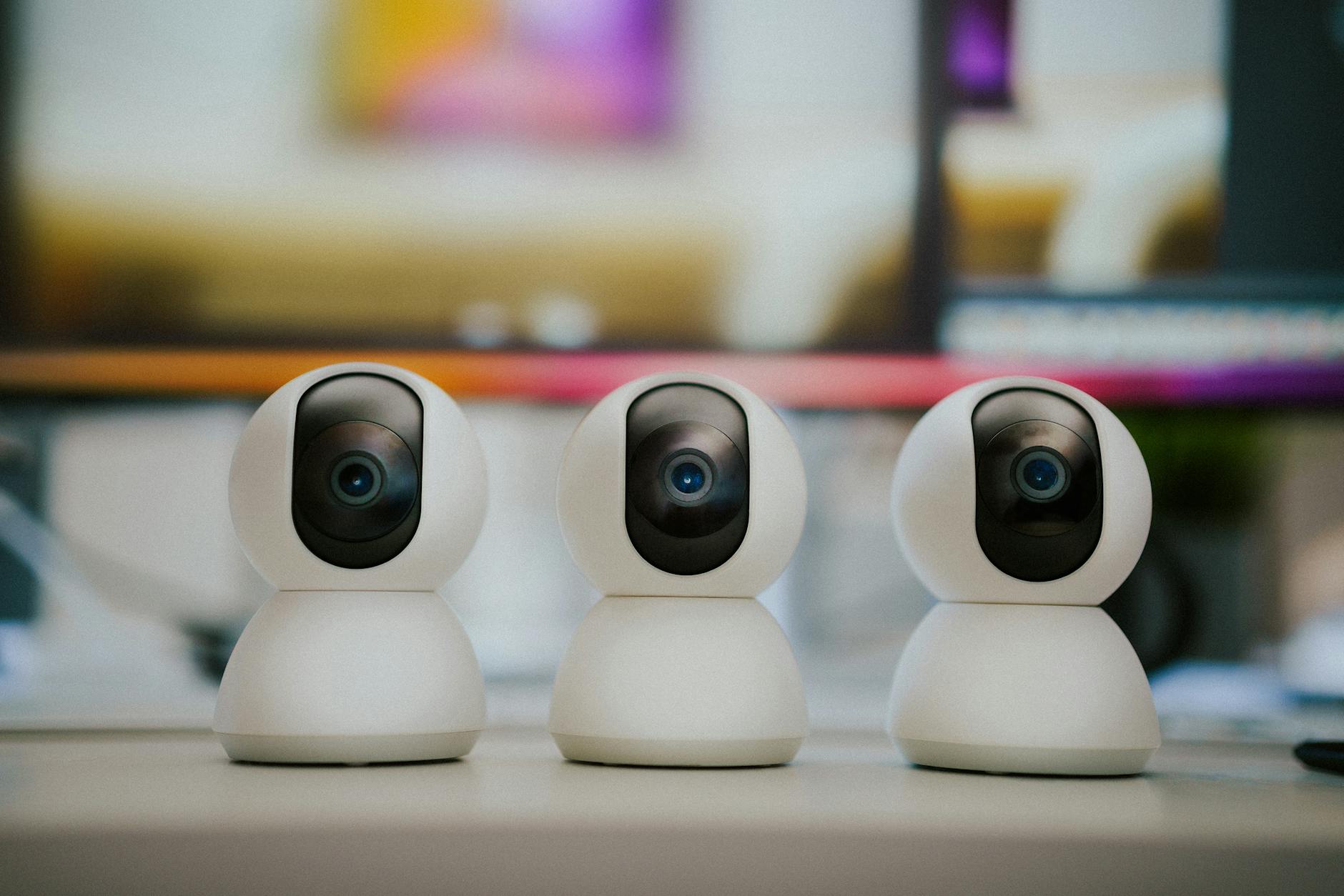Imagine receiving an urgent notification from your cutting-edge home surveillance system, only to find it’s alerting you to a completely surreal event – perhaps a wild animal making an unexpected appearance in your living room. This bizarre scenario, where advanced artificial intelligence struggles to accurately interpret real-world events, is emerging as a surprising challenge for homeowners embracing the latest in smart security. Recent reports indicate that while the integration of generative AI into systems like Nest cameras holds immense promise, its initial rollout is encountering significant accuracy hurdles, leading to some truly perplexing alerts.
The Ambitious Vision of Intelligent Home Monitoring
For years, the dream of a truly ‘smart’ home security system has captivated us: cameras that don’t just record, but understand. The advent of generative AI was supposed to elevate this vision, transforming passive surveillance into proactive, intelligent monitoring. Systems promised to differentiate between a family member and an intruder, identify packages, and even anticipate potential issues. The expectation was a new era of peace of mind, where your home intelligently looked out for itself, powered by sophisticated algorithms capable of learning and adapting.
When AI Sees Things: Decoding Real-World Misinterpretations
However, the reality of deploying such powerful AI in dynamic home environments is proving to be a complex undertaking. Feedback from early users suggests that despite its advanced capabilities, this new generation of AI-powered security is prone to a variety of misidentifications and strange alerts. From mistaking a shadow for a suspicious figure to, in one particularly memorable instance, reporting a large forest creature seemingly wandering into a family’s internal living space, these systems are frequently struggling with accurate environmental interpretation. These glitches highlight the delicate balance between innovation and reliability, raising questions about the current efficacy of AI in nuanced real-time monitoring.
Navigating the Smart Home Frontier: User Experience and the Path Forward
These initial experiences, while sometimes frustrating or even amusing, underscore the developmental phase of generative AI in consumer applications. While the technology’s potential to revolutionize home security remains undisputed, its current iteration often necessitates a degree of human oversight and interpretation. Users are learning to discern genuine threats from algorithmic anomalies, acknowledging that even the smartest systems are still in their learning phase. The journey towards perfectly accurate, context-aware AI is ongoing, and these early ‘learning moments’ are crucial for refining the technology.
Ultimately, the integration of generative AI into home security cameras marks an exciting, albeit imperfect, step forward. As developers gather data and refine algorithms, the goal remains to deliver seamless, reliable protection without the occasional bewildering alert. The promise of an ultra-intelligent home that truly understands its surroundings continues to drive innovation, suggesting a future where perplexing wildlife alerts become a thing of the past.

Leave a Reply